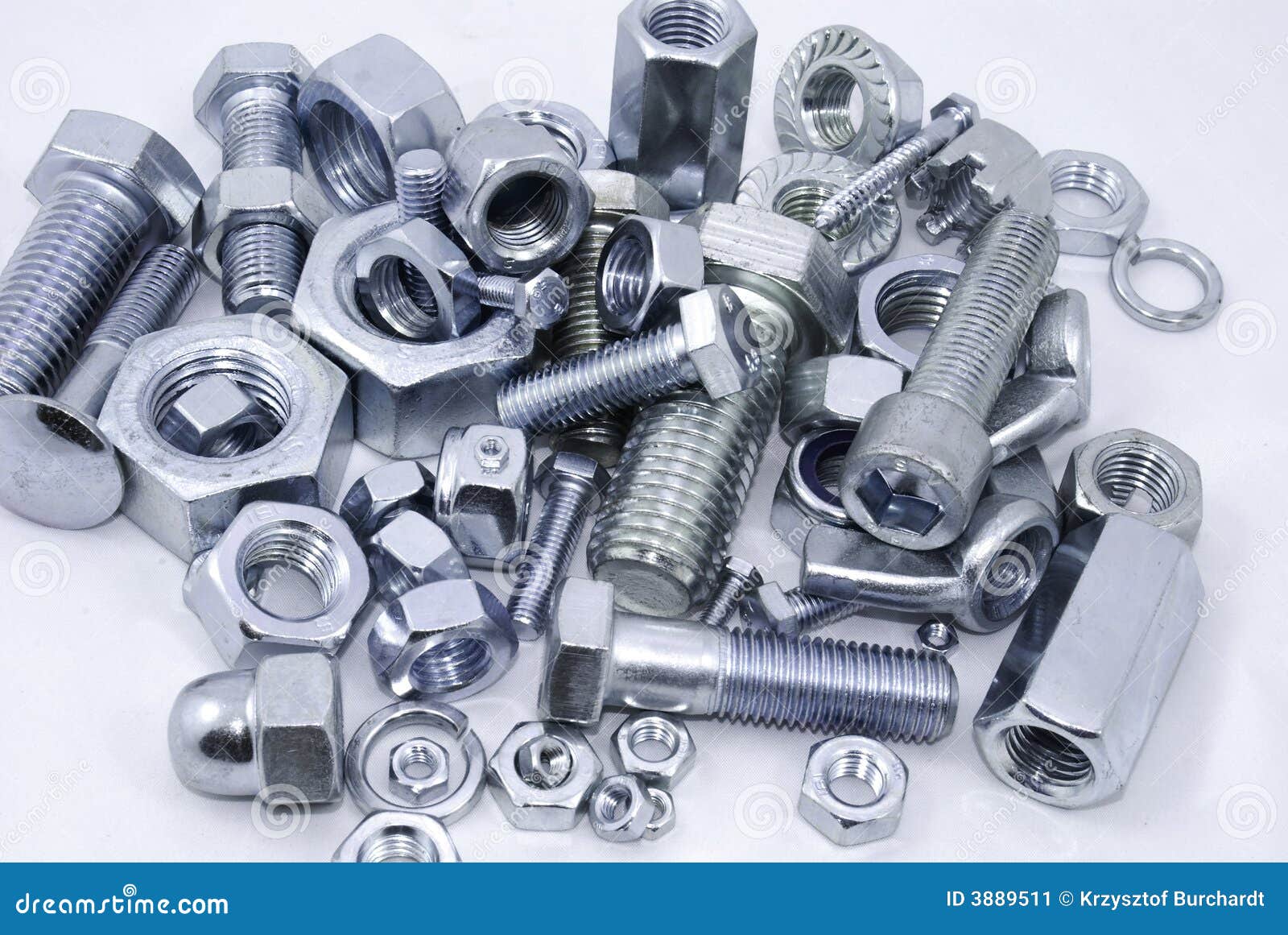Nuts & screws are the unsung heroes of building, design, and numerous DIY projects. These basic yet essential fasteners hold our environment together, from the tiny devices to sky-high skyscrapers. Understanding the different types of nuts and screws, along with their particular applications, is important for anyone starting on a construction project or fix. Whether you are you a seasoned professional or a casual warrior, having the right knowledge about these fasteners can make all the distinction in ensuring durability and safety in your projects.
In this detailed guide, we will explore the fascinating world of fasteners and screws, including everything from their fundamental definitions to the ideal types for specific tasks. We will delve into the common types of screws, such as hex and carriage screws, and discuss the different types of fasteners like flange nuts and lock fasteners. Moreover, we will offer insights into substances and coatings, guaranteeing you choose the most suitable fasteners for your task. By the end of this guide, you will be armed with the knowledge needed to select the ideal nuts and screws for any task, making your renovation, automotive repair, or heavy-duty tasks more efficient and successful.
Grasping Fasteners
Fasteners are crucial components used in a multitude of applications, ranging from building to everyday household repairs. At their foundation, a bolt is a cylindrical metal rod that is designed to be inserted into a pre-drilled hole, often complemented by a nut, which is a six-sided piece of metal with a cavity in the center that corresponds to the gauge of the bolt. Together, they establish a solid connection between several parts, providing stability and strength in assemblies.
The picking of the appropriate type of nut and bolt is essential for the success of any project. Each type serves a distinct purpose and is customized to different materials and loads. For example, lag bolts are suitable for joining wood to wood or wood to masonry, whereas carriage bolts are frequently used to link metal parts. Understanding these distinctions is essential to confirming that your fasteners will hold the needed load and withstand environmental challenges.
In addition to the multiple types of nuts and bolts, there are also important specifications to take into account, such as thread types and material compositions. Coarse and fine threads, as well as metric and imperial measurements, can drastically influence the performance of the fasteners. Using the right materials, such as stainless steel for corrosion resistance or nylon lock nuts for added protection, can greatly enhance the durability and effectiveness of the links in your projects.
Types and Applications
Regarding nuts and bolts, comprehending the different types and their distinct applications is essential for any project. For general use, hexagonal bolts are among the most widely used and adaptable options. look at here work well in applications ranging from infrastructure to equipment due to their robust attachment and compatibility with common hex nut dimensions. Carriage bolts, with their curved tops and square sections, are perfect for holding wood materials, particularly when a level appearance is desired. Lag screws, designed for high-strength tasks, are ideal for fixing items into wood, providing a secure grip that can withstand significant stress.
In the vehicle market, particular fasteners are tailored to meet strict safety and performance standards. Metric fasteners are often used in EU cars, while standard imperial bolts are more common in vehicles in the USA. The appropriate selection of bolts can affect everything from engine stability to wheel mounting, making it essential for repair work and upgrades. Additionally, locking nuts are frequently employed in automotive applications to prevent unfastening due to vibrations, ensuring that essential elements remain in place over time.
For do-it-yourself home improvement projects, selecting the right nuts and bolts can profoundly influence the strength of your work. Different materials and coatings play a vital role in the durability and performance of fasteners. Stainless steel offers excellent corrosion resistance, ideal for outdoor applications, while zinc-coated choices provide a affordable solution for indoor projects. Comprehending these nuances allows homeowners and professionals alike to choose the most suitable nuts and bolts, ensuring a solid and durable construction.
Materials and Requirements
When picking nuts and bolts for your applications, the material is a critical factor that affects durability, corrosion resistance, and overall longevity. Metal remains the most common choice for general-purpose fasteners due to its high tensile power and affordability. For applications that demand increased resistance to oxidation and corrosion, stainless steel is greatly recommended, making it suitable for both outdoor and marine environments. Additionally, https://crimson-magnolia-nrlj2n.mystrikingly.com/blog/ten-innovative-uses-for-hardware-you-never-knew is often selected for its excellent corrosion resistance and aesthetic appearance, frequently used in plumbing and decorative applications.
Various coatings can further enhance the performance properties of nuts and bolts. Zinc plating provides a protective layer against rust, making it suitable for common use, while galvanized coatings offer superior corrosion resistance in severe environments. When it comes to specialty coatings, options like nylon can add extra protection and reduce friction during assembly. Understanding these materials and coatings will assist ensure that you choose fasteners capable of withstanding the environments to which they will be exposed.
Standards such as thread type, grade, and size are equally important. Threads can be rough, smooth, or standardized, with specific applications suggesting one over the others. https://rentry.co/nwh28v6p indicate their strength, which is determined by tensile and yield strength, which is critical for load-bearing applications. By becoming familiar with these specifications, you can make informed decisions that meet the demands of your particular project, ensuring security and effectiveness in your fastening solutions.

